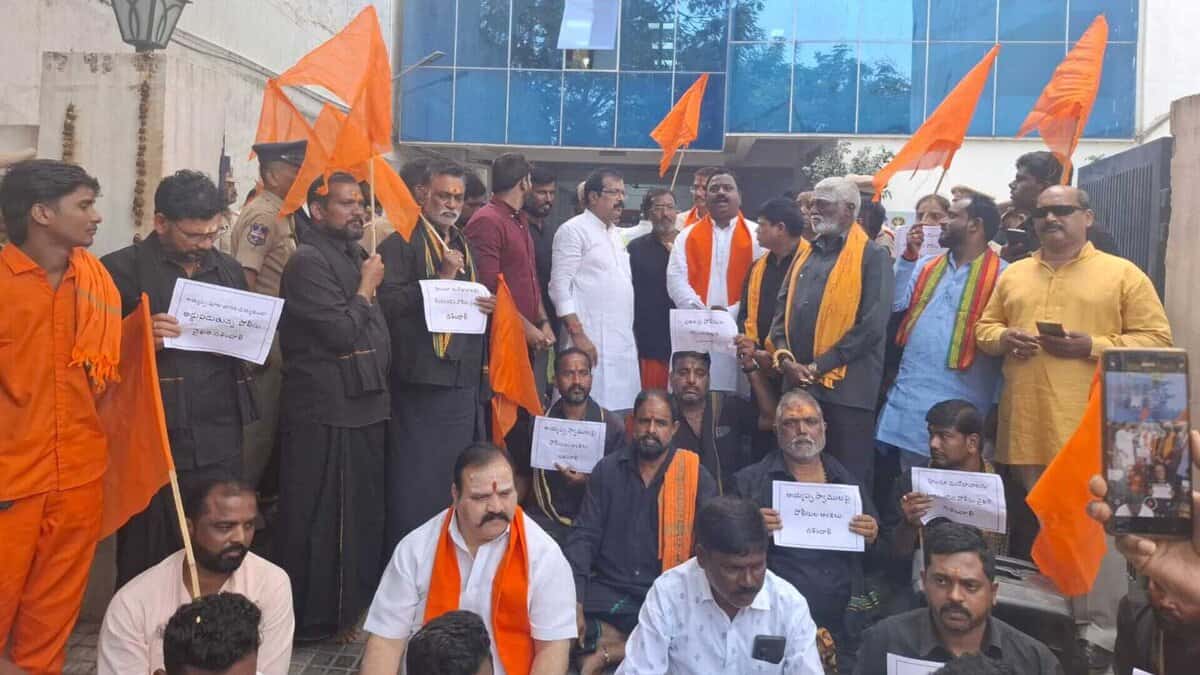Delhi Pollution: The national capital’s air quality remains hazardous as AQI monitors showcased very poor to severe range. Dense smog and health issues highlight growing frustration of people over worsening pollution. Noida’s air quality even worse. Check details here.

Delhi-NCR Air Quality: Residents of Delhi and the adjoining National Capital Region (NCR) continue to breathe toxic air as air quality on Monday remained on the verge of the Severe category, with AQI standing at 397. Out of the national capital’s 39 air monitoring stations, 20 recorded Severe pollution levels. But in adjoining Noida, the situation is alarming as the AQI has crossed the 400 mark, recording 413, plunging to the Severe range.
Delhi Air Pollution: What Was The Area-Wise AQI Of Delhi?
As pe the data available at 7 am, the capital city’s hotspots like Jahangirpuri recorded an AQI of 455, Rohini registered 458, AQI at Delhi Technological University was 444, while Anand Vihar reported 442, in Bawana AQI was 439, in Ashok Vihar it was 436, Burari registered 433, Alipur reported 412 AQI, at ITO the air quality index showed 409, in Dwarka it was 401, all these areas crossed severe pollution levels which indicated hazardous conditions.
Delhi-NCR Pollution: What Was The AQI Of NCR?
In adjoining NCR, the air quality of Noida was on the brink of the severe category as AQI fell to 396. In Greater Noida the AQI was 399, falling to the Very Poor range, on the verge of severe. In Ghaziabad registered a severe AQI of 432.
Meanwhile, major cities of NCR – Gurugram and Faridabad – recorded an AQI of 291 and 239 respectively, falling in the Poor category.
Delhi-NCR Pollution: Massive Protest At India Gate
As the air quality continues to deteriorate, several residents of Delhi gathered at India Gate on Sunday and staged a protest. The peaceful demonstration turned tense when protesters defied police orders to vacate the area. The Delhi Coordination Committee for Clean Air organised the protest. The committee stated that the deteriorating air quality poses a “serious risk” to people’s health. It has accused the authorities of detecting the root causes.
Notably, the air quality has consistently remained in the alarming ‘severe’ category. The protestors stated that the government is relying on ‘cosmetic measures’ like – water sprinklers and spraying near AQI stations, instead of focusing on long-term solutions.

















































